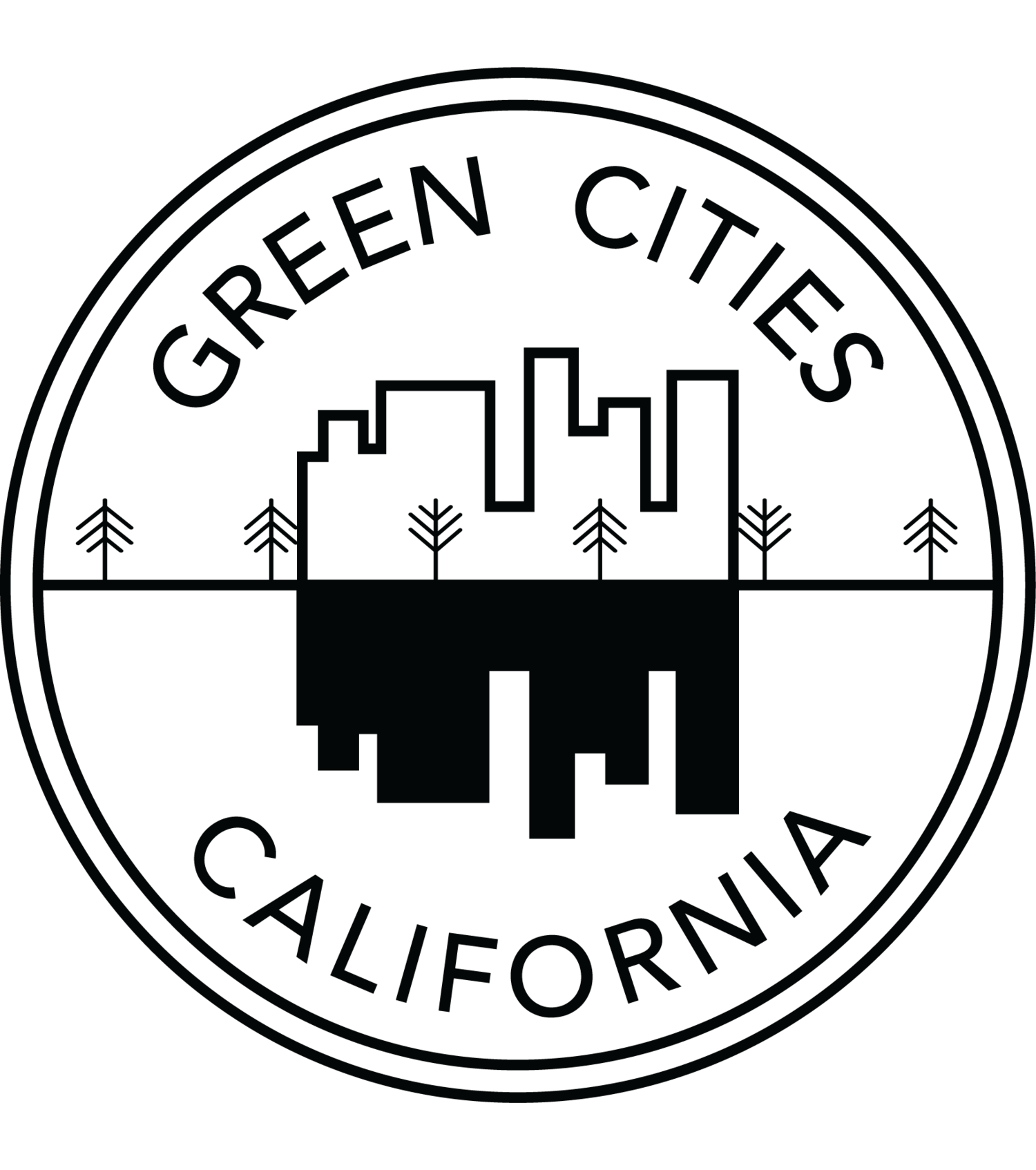Planning for housing and job growth (Urban Growth Boundary), 1979
PORTLAND, OR
Mayor of Tualatin Lou Ogden discusses the urban growth boundary.
HOW IT CAN BENEFIT YOU
Portland’s urban growth boundary (UGB) meets the needs of the community and attracts companies to move there because it plans housing for population growth, creates walkable and bike-friendly paths (including to nature), and protects land for farms and forests. A UGB is an invisible line that separates the city from natural areas. Every Oregon city is required to have one. The law requires cities to predict how much housing and job growth a city is going to have for 20 years, and figure out how both can fit in the UGB or re-draw the UGB. The UGB causes density.
Between 1979 and 2007, the Portland Metro area had to expand the UGB onto areas with the poorest soil quality, which most people agreed did not work well. So in 2007, Oregon granted the Portland region a one-time ability to set aside high-quality farmland for future development.
WHY IT'S A LEADING PROGRAM
Portland is the only place in the country, and one of the few in the world, to have a single UGB that crosses 25 cities in the region. The UGB is administered by the Metro Council, the only directly-elected regional government in the United States.
GOAL
To create a comprehensive plan for growth.
WHO CAN TAKE ACTION
Local governments.
OUTCOME
The boundary has been expanded dozens of times over the years, but still looks similar to its original boundaries.
CONTACT
Craig Beebe, Planning and Development Communications, Metro Council, 503-797-1584, Craig.Beebe@oregonmetro.gov
LAST UPDATED
September 19, 2015
